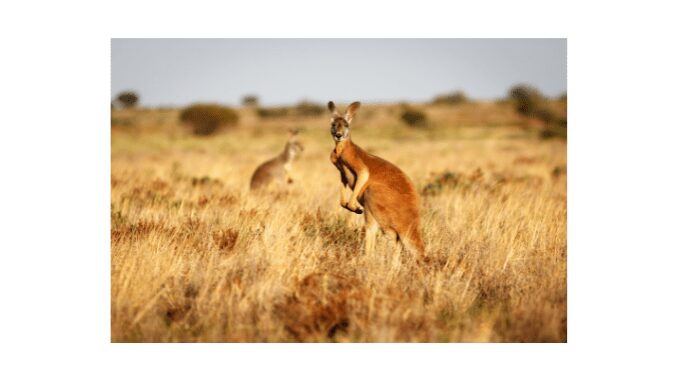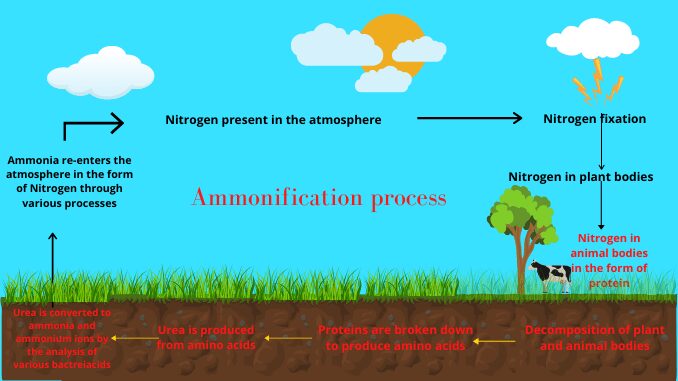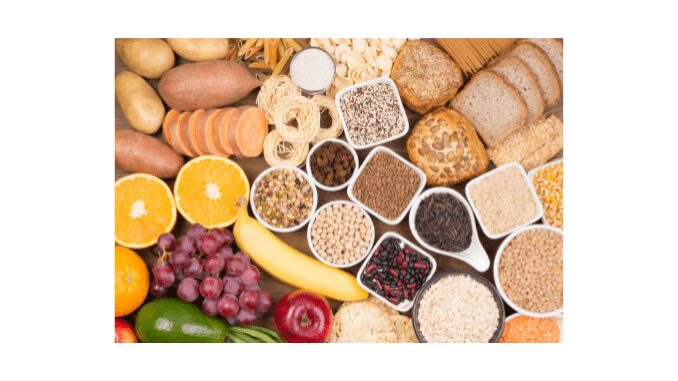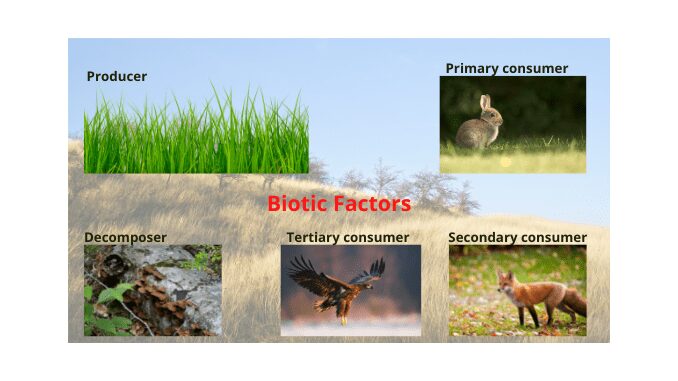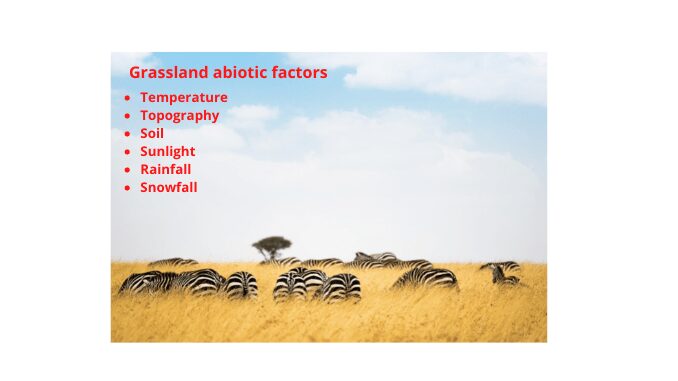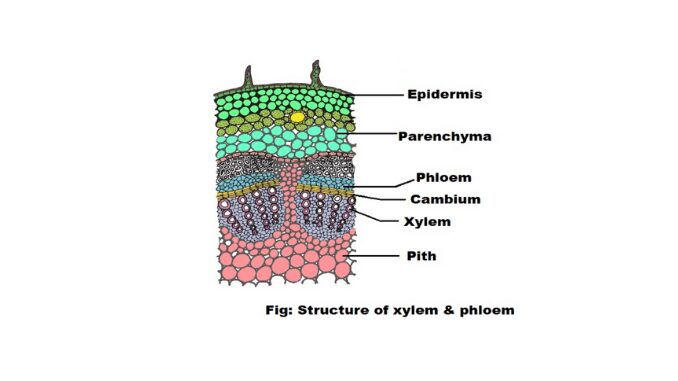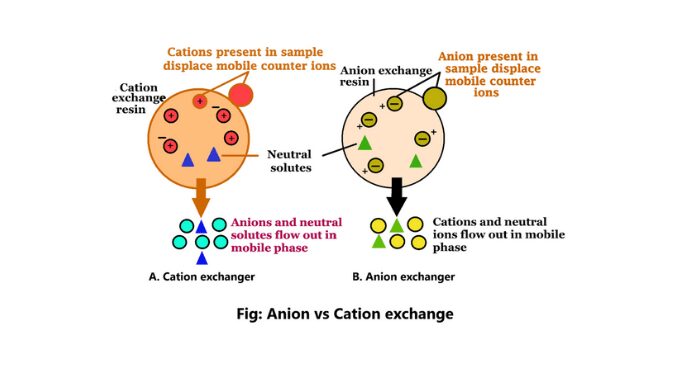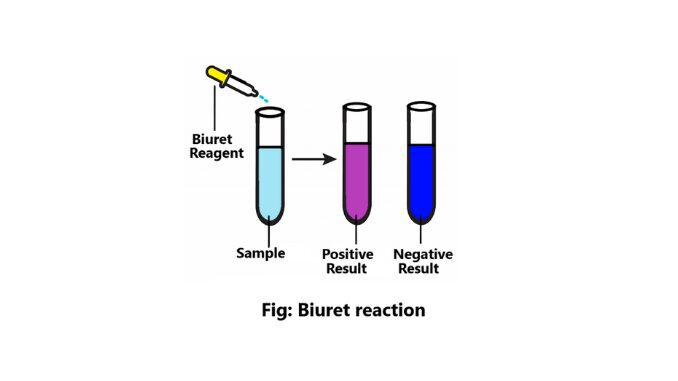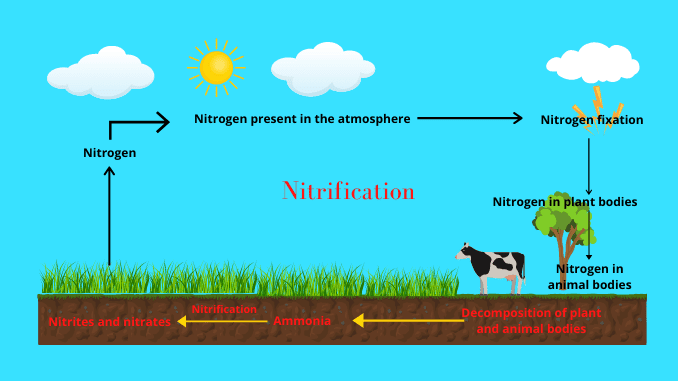Irritable bowel syndromes: Symptoms and remedies
Introduction Food is an essential element for human survival it provides energy to the body, builds tissues, and helps to maintain life. A person can live only three weeks without food. The role of food is very important to provide energy to the organisms, to build the body, and to manage life properly. Food is […]
Irritable bowel syndromes: Symptoms and remedies Read More »


